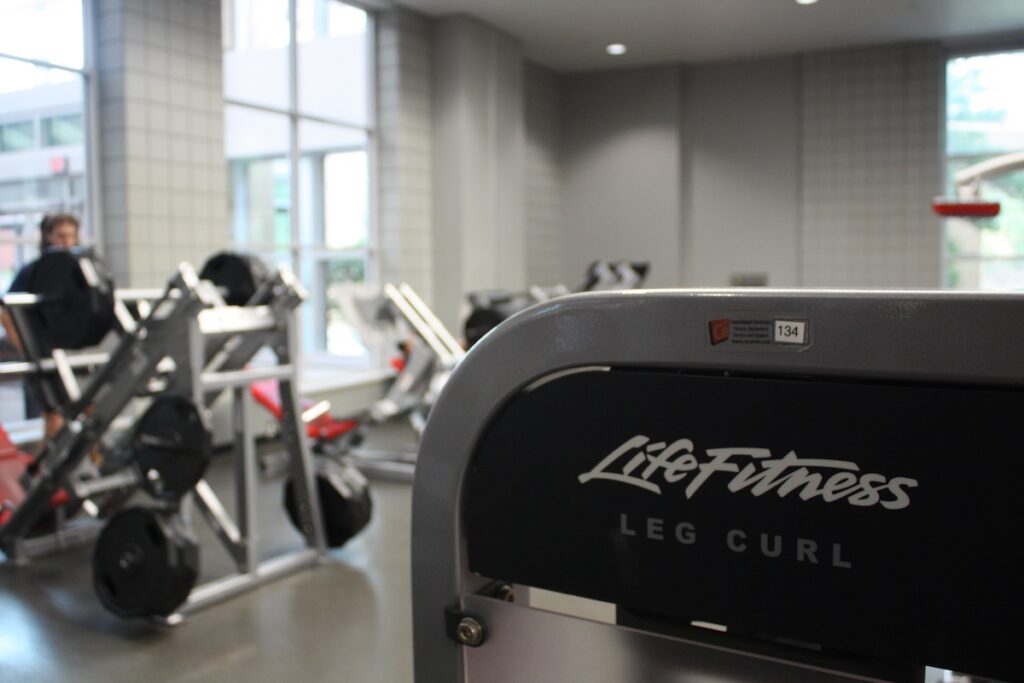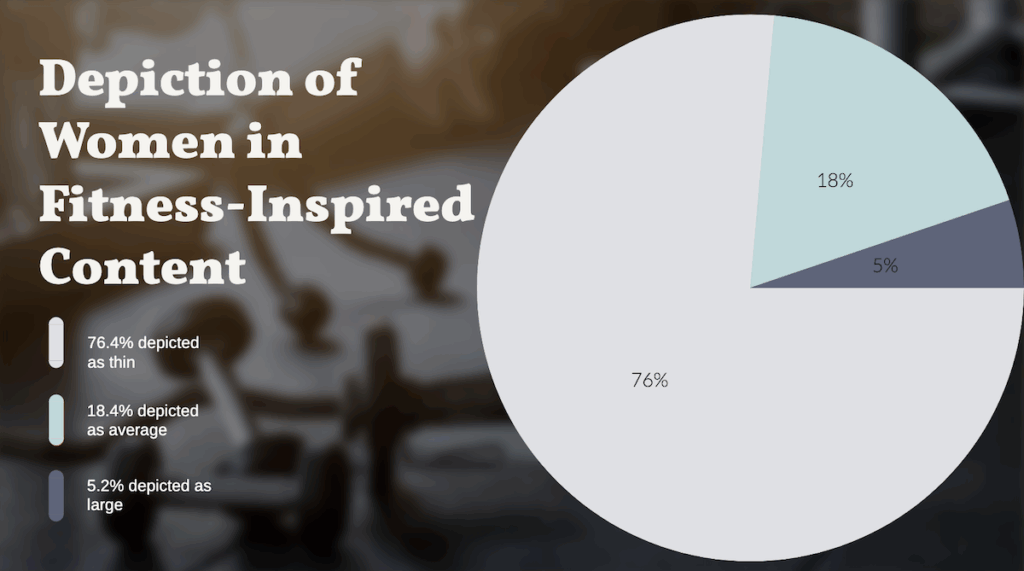Sweat drips down her forehead as she steadies herself underneath the barbell, her grip firm against the cold steel of the gray Smith machine. The clanking of weights fills the air, blending with the low hum of gym chatter and bass-heavy music pulsing through the speakers. As she lowers the bar toward her chest, her muscles engage with precision — years of training and studying converging into a single controlled movement.
As a recent University of Georgia graduate with a degree in exercise science, Sarah Povie isn’t just here to work out; she’s here to redefine what strength looks like for women in the gym.
In recent years, social media’s influence has redefined women’s fitness globally.
Women are now as likely as men to own a gym membership, but a disparity between men and women continues to persist in co-ed gym spaces. Although women like Povie are considered to be fitness veterans, society’s views and men’s etiquette have affected progress in the traditionally male-dominated space.
“As a girl, we’re not exposed to weightlifting in general,” Povie said. “And I think that should change.”
A Journey That Started with Sports
Povie is currently attending Augusta University’s School of Nursing. Her interest in fitness can be traced back to childhood, when her parents encouraged her to participate in sports. Povie’s introduction to lifting came during high school, when her track coach made the team visit the weight room.
“My coach had us in the weight room doing deadlifts, and I was like, oh my gosh, I’m actually kind of good at this,” she said.
Why It’s Newsworthy: In recent years, there has been a growing cultural shift in fitness, where women are challenging stereotypes and reclaiming space in traditionally male-dominated gyms.
At the start of her fitness journey, Povie was primarily focused on cardio, as that aligned with her background in running. In recent years, however, her focus has evolved around training more athletically, combining sprints with heavy lifting.
Despite her expert status and comfort with weightlifting, Povie still struggles with similar experiences that other women face in co-ed gym spaces, particularly from men.
“I think men often approach women and expect a compliment in return, whether they say it or not,” Povie said. “I think that is an issue because it makes women feel like they owe them something.”
Povie has encountered men who’ve commented on her legs, her workout pump and have even compared her back to a turtle’s shell. Although these remarks seem outlandish, experiences like these are fairly common for women in the gym.
According to a survey by FitRated, nearly 71% of women stated they had an experience or interaction at the gym that made them uncomfortable. In the same survey, 70% of women also reported having to change their gym routine due to a negative experience.
Pressure of the Perfect Body
In addition to facing uncomfortable encounters at the gym, women like Povie must also confront society’s opinions of what a woman should look like and social media’s impact on that image.
In a study from BMC Public Health, results found that nearly two-thirds of the top 100 most popular fitness influencers promoted unhealthy/unrealistic body shapes.
The illusion of perfection leads many women to question their capabilities, resulting in feelings of anxiety, depression and self-doubt.

Although Povie doesn’t feel pressured to look a certain way because of online fitness trends, she still understands the harmful impact they can have, especially on women susceptible to criticism and new to fitness.
“I think the issue comes when influencers will post themselves flexing or posing constantly,” Povie said. “I think someone who doesn’t go to the gym all the time or maybe is new to the gym might see that and be like, oh my gosh, I’m never going to be able to reach that physique.”
Lifting for Herself and for Others
Despite the challenges women face in the gym culture, Povie continues to encourage the people in her life and others to reclaim their fitness journeys.
Whether through lifting weights or simply moving in a way that feels good, she believes strength should be self-defined.
These days, her routine consists of a five- to six-day split: two days of upper body, two days of lower body and one rest day, when she remains active at a lower intensity.
“The best exercise is the one that you like doing the most,” Povie said. “Whatever you enjoy doing, whatever is going to keep you doing that is what you should do.”
Kimberly Thomas is a fourth-year student majoring in journalism.









Show Comments (0)